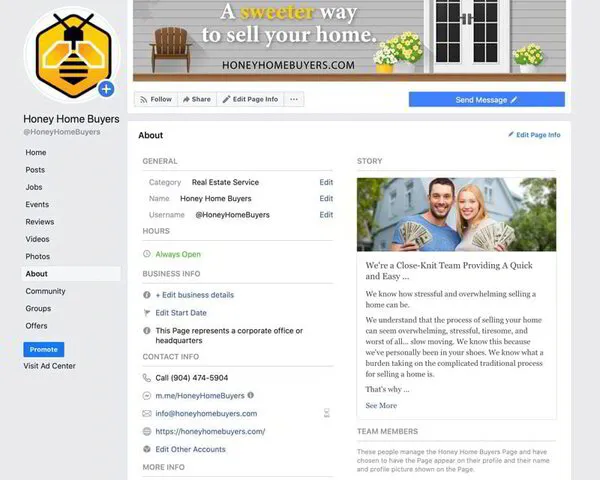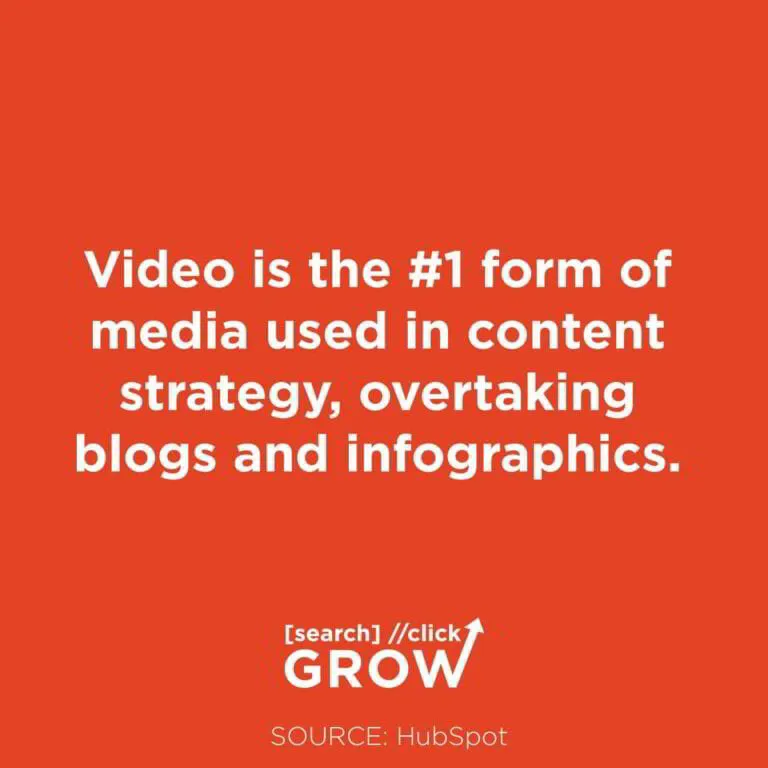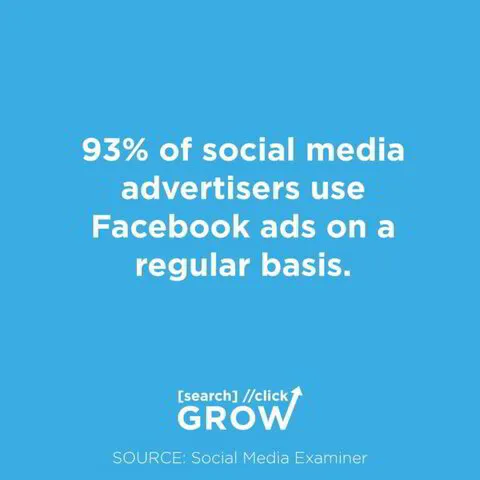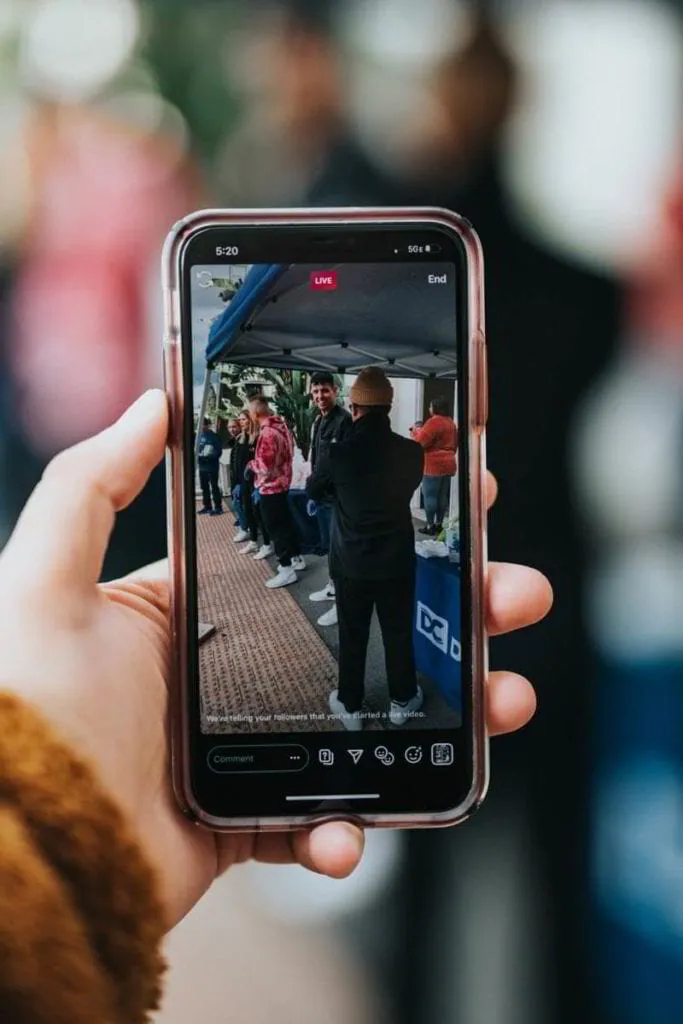In 2020, almost all brands have switched to talking to their customers directly online. If you haven’t done so already, it’s time to update your social media optimization strategy.
How strong is your relationship with your followers and fans? Are you getting thousands of likes and views on every post?
If not, your social media profiles may need to be audited and optimized with the latest techniques. Even if you feel like your engagement is strong now, most brands have fallen behind on social media, which means audiences are moving on to find better content.
Social media marketing has evolved in the past few years. The latest social media optimization techniques help you strengthen your brand and connect directly with your most engaged audiences.
Without optimizing your social media profiles, your fans and followers could seek out competitors and other content or even unfollow you if they don’t feel you produce the same quality of posts as before.
If you want to take your social media game to the next level, these expert tips from today’s social media marketers and digital strategists can help you gain more visibility, get engaged followers, and increase your shares.
What is Social Media Optimization (SMO)?
Social media optimization is the practice of increasing the quantity and quality of engagement across all social media platforms. Once you optimize your profiles, your social media presence can be used for several goals, such as:
- More awareness of products and services
- Highly qualified lead-generation campaigns
- More shares, traffic, and virality with online customers
- Repair a damaged online reputation
Social media optimization and SEO have similar approaches to driving traffic and visibility, but influencer marketing and video content have more importance within social media.
Since millions of users browse social media every day looking for content, social media optimization has become a central focus in digital marketing strategies.
How successful your strategy is will depend on how well you know your audience and the content you publish on your channels.
9 Pro Tips for Your Social Media Optimization Strategy
1. Conduct a Quick Social Media Audit
All strategies start off with a quick discovery or audit to see what the problems and successes are from the previous phase. Essentially, audits look for areas of improvement.
You may want to go through a formal SWOT analysis exercise with your marketing team, which looks at:
- Strengths
- Weaknesses
- Opportunities
- Threats
In addition to your analysis, marketing teams should create a “social media audit spreadsheet” to keep track of all profiles and add notes to each one to help with the next phase of your strategy.
Every social media profile for your brand should have the following:
- Accurate contact information including business name, address, and phone number
- Description with the right brand voice and mission statement
- Link to your website or landing page
- Unified branding that clearly shows your logo, color palette, and messaging
- Latest promotions
- Positive reviews and ratings, even testimonials from previous customers
- High-quality videos showing your products, services, stores, and staff
- Interesting posts varying between promotions, behind-the-scenes content, fan service, and educational posts
- Posts should also include images and video content
As you audit, you’ll also want to look for opportunities and threats by pulling down reports from social analytics platforms, studying competitor profiles, and key social media influencers in your market.
Key Social Media Metrics for Growth
If you don’t already have tracking and analytics set up, then you’re missing out on valuable key performance indicators that could help you grow your profiles.
These important social media metrics include:
- Follower rate
- Engagement rate
- Top posts
- Reach
- Clicks and CTR
- Online reputation score
- Impressions
- Referral traffic
- Revenue per channel
These metrics tell you what channels get the most engagement, what posts get the highest response, and what social media pages bring your site the most traffic and revenue.
If you don’t already use the following tools to monitor these metrics, it’s important to your optimization strategy to set these up so you get valuable insights into your audience.
However, you may only need conversion tracking for the channels that matter to your strategy.
- Google Analytics: Monitors traffic from all social media channels, allows you to set goals for social media, and attribute social media campaigns to revenue
- Conversion tracking pixels for all social media profiles: Facebook, Twitter, Pinterest, and LinkedIn
- Social Media Analytics Tools: SocialReport.com, Sprout Social, BuzzSeumo, Curalate, TapInfluence & many others
We know this is a lot of information to start with, but optimization doesn’t happen unless you know where you’ve gone wrong in the past.
If you are interested in learning more about how data can help you better engage with your customers, check out our blog on data-driven marketing.
2. Set Your Optimization Goals
Besides “increase engagement”, what other goals do you want to set for your optimization strategy?
Perhaps you want to get more client testimonials, increase sales, and monetize your profile, or build more high-quality video content.
There are a number of tactics you can use to obtain these goals through SMO.
Here are some examples of goals combined with SMO:
- Increase engagement: Post more content that your audience craves, such as social media contests or high-quality videos
- More leads: Add your landing page and form to the sign up button on Facebook or place in your Instagram profile
- Connect to more influencers: Try a service like Curalate or SocialBakers to find influencers who will share your brand and grow your audience.
- Generate revenue: Set up dynamic product ads, product tagging, or an Instagram store to get more direct sales
- Better customer service: Designate channels for customer service responses and use APIs or automated chat tools to help your customers get answers on social media
These are some of the main goals that you can set for your social media optimization strategy. All stakeholders on your social media marketing team should understand these goals and the tactics to achieve them.
3. Show Your Social Proof
Word-of-mouth advertising is essential on social media. Without other users recommending and sharing your products, your brand probably doesn’t get much engagement or sales from social media. So let’s change that!
Social proof is when multiple users on social media recommend your product, whether by leaving a positive review or sharing your products to their timeline.
There are opportunities to build social proof through email marketing and customer loyalty programs. For example, experts say the best time to ask for a review is at the peak of the customer’s enjoyment.
With automated emails that send after delivery, you can request a review or even share on social media.
4. Work with Social Media Influencers
What is influencer marketing? It’s another way to provide social proof and increase your brand visibility via social media influencers with tons of followers.
Imagine an influencer with 1.5 million followers recommending your latest product.
Social media exposure is a major reason why so many brands blast off overnight. If you aren’t currently reaching out to influencers every day as part of your marketing strategy, you should incorporate influencer outreach into your SMO.
Influencer marketing boosts your brand by allowing social media “celebrities” with higher follower counts to market your products for you. Sometimes influencer marketing is completely organic.
For example, a famous YouTuber just happened to love your restaurant and talked about it in his video, instantly boosting your traffic.
In most cases, brands partner with influencers. There are new tools to help you find influencers, or you may already know what profiles your audiences follow to get more information within your market.
However, all it takes to work with most influencers is a DM asking where to send free merchandise. If you do want a long-term relationship, it’s best to set up a contract with a definitive time period and guidelines for posts.
5. Add Search Keywords
How will people find your content if you don’t have the right search terms in your social media profile? Sometimes people will only search your brand or the main keyword that describes your business, such as “pizza restaurant”.
However, this is the very minimum and won’t get as much traffic as a profile that includes several keywords in its profile description, posts, image captions, and so forth.
If you don’t know what keywords to add, there are several tools available, but Keywords Everywhere is a quick browser keyword research add-on that you can use to find keywords from competitors and other sites within your target audience’s line of vision.
Once you have your primary keywords, add 1 to 2 keywords to these areas of your social media profiles:
- Main description area
- Mission statement
- Top posts
- Image captions
- Hashtags (see tip #6 below)
- Photo album names
- Facebook Group or LinkedIn Group names
- Pinterest boards and pins
- Video names, description, and captions
6. Supersize the Power of Your Hashtags
Hashtags are essential to pop up in search on social media. All networks allow you to add some type of tag, but it’s more than just labeling a post or hoping to get seen.
For example, on Instagram, adding a hashtag like “#catsofinstagram” adds you to an entire community following this hashtag.
How to Use Hashtags for Better Engagement and Visibility
When hashtags are used correctly, they become a superpower. Suddenly, you are reaching more people, getting likes, and receiving comments. However, you don’t want to overuse hashtags or add hashtags when it’s not relevant to your content.
Here are some tips to optimize your hashtag use:
- Don’t use generic hashtags unless it’s a niche audience
- Find less popular hashtags with active audiences
- Try trending hashtags if it’s relatable to your business
- Place 1 or 2 hashtags strategically within your caption like this: “These summer #fashion tips are hotter than the 🌞[sun emoji here]”
- Hide hashtags on Instagram with this method from micro-influencer Kab Kobzeff
How many hashtags should I use?
You should always use a balanced number of hashtags, focusing on relevance and importance to your audience. It’s especially important to use branded hashtags or campaign hashtags when you have a contest, giveaway, or promotion.
7. Boost Your Social Media Advertising Strategy
You don’t have to spend a lot on social media ads to get greater ROI. In fact, just a quick check of the following tips, and you may be able to resolve poor engagement and clicks on your campaigns.
- Set goals for your campaigns based on results: Want more revenue? Try conversion goals. Want more traffic? Optimize for clicks
- Use less text on your social media ad images, Facebook restricts timeline feed ads to less than 20% text
- Upload email subscriber lists from your CRM to create custom audiences
- Create retargeting campaigns with custom audiences
- Partner up with an influencer to add a face to your creatives and videos
- Create multiple ad tests with different images and messaging
- Attach to a custom landing page for lead generation or sales
- Check load times from ad to landing page to home page, can users easily navigate to your offer?
- Try a call to action button that’s new or more intriguing to your audience, sometimes “Learn More” is better than “Shop Now”
- Check your targeting factors: is your campaign too broad? Try creating audience segments and testing to see which ones have higher click-through rates and conversions
- Use Facebook pixel helper to check that your conversion tracking is working
- Use Facebook Business and Ads Manager to create custom campaigns instead of just boosting posts
One of the best things you can do for your social media campaign is to change up the way you talk to your audience.
Your brand shouldn’t be selling an ad. Instead, use language that speaks openly and authentically to your audience, without trying to sell them.
When in doubt, pick the product’s best feature or what most relates to your audience and showcase that feature in your ad creatives and videos.
8. Diversify and Amp Up Your Content
How often do you receive likes, shares, and comments on your posts? If you aren’t getting the engagement you want, it may be time to change up your content.
Video marketing has become the best way to engage with your audience on social media. The benefits of video marketing have been studied for many years now.
All research points to higher engagement and shares when brands post videos to their profiles and live story feeds.
What types of content get the most engagement?
- Behind-the-scenes footage
- Sneak peek and fan-only content (shared to live stream)
- Carousel images that tell a story
- Talk about topics, not just your brand
- Question and answer sessions
- Polls and surveys
- Contests and giveaways
- Video tutorials and product demos
- Client or customer video testimonials
9. Optimize Your Website for Social Engagement
Most social media users are also mobile users, so if your landing page or the home page doesn’t load correctly on mobile, you probably will see higher bounce rates and checkout abandons.
In addition to optimizing for mobile, every page on your site should have social media share buttons. For example, you can add icons for all of your social media profiles to product pages so that users can share what they like while browsing.
These buttons work even better when they display a counter next to the icon, showing just how many shares your content or products have generated.
If you have a lead generation or squeeze page with a form, it’s best to have a maximum of 3 fields with the bare minimum capturing name and email address.
People don’t want to spend all day on forms unless there’s a great reward for doing so. If you can’t fill out a form in less than 60 seconds, your audience probably won’t be able to either, which will lead to fewer completions.
Next Steps: Engage More with Your Audience
Someone on your marketing team should be in charge of engagement and responding to any comment, shared post, or retweet.
Once you’ve optimized your profiles and started posting more, it’s time to look for these opportunities and get more involved in your social media presence.
There are a variety of tools to help you find mentions online, but it’s best to start off with a quick search of your brand and jump in!
What steps have you taken to improve your social media profiles and expand your reach?










